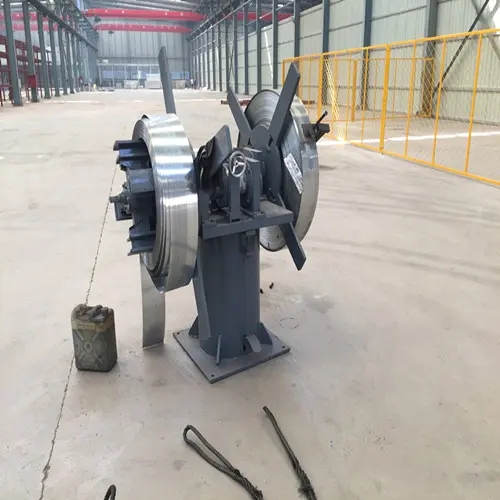
Straighten, Cut to Length, and Slitting Machine Revolutionizing Metal Processing
In today's fast-paced manufacturing environment, efficiency and precision are paramount. One of the standout solutions that meets these demands is the straightener, cut to length, and slitting machine. This piece of equipment has gained significant traction in various industries, particularly in the processing of metal sheets and strips, contributing to enhanced productivity and reduced waste.
The Importance of Straightening
Before any metal processing can occur, it is crucial to ensure that the material is straight and free from distortions. Metal sheets and strips often come from suppliers in coils that can be warped or twisted. A straightening machine effectively addresses these issues, aligning the material to ensure uniformity. By utilizing a series of rollers and adjustable mechanisms, the straightening process corrects bends and curves, allowing for precise handling in subsequent operations.
Cutting to Length Precision in Action
Once the material is straightened, the next step is cutting it to the desired length. A cut-to-length machine is designed to slice metal sheets into defined lengths with exceptional accuracy. This process not only saves time but also allows manufacturers to prepare materials that fit the exact specifications required for different applications. The ability to control cut lengths minimizes scrap and optimizes material usage, resulting in significant cost savings. Automating this operation reduces labor costs and minimizes human error, making it a vital component in modern production lines.
Slitting for Versatility

After straightening and cutting, slitting machines take center stage. These machines are instrumental in dividing larger sheets into narrower strips, which can be utilized for various products, including automotive components, household appliances, and construction materials. The slitting process involves sharp blades that cut through the metal with precision, ensuring clean edges and minimal burr production. This versatility allows manufacturers to tailor their products to meet specific market demands, enhancing their competitiveness.
Integration with Technology
Modern straightening, cut to length, and slitting machines come equipped with advanced technology that enhances their functionality. Computer Numerical Control (CNC) systems allow for precise adjustments and settings that can be programmed for different materials and dimensions. Additionally, many machines are integrated with real-time monitoring systems that track production metrics, reducing downtime and improving overall operational efficiency.
Benefits of Automation
The rise of automation in manufacturing has transformed how the straightening, cut to length, and slitting machines operate. Automation reduces the need for manual intervention, allowing for continuous production runs without interruption. This shift not only increases throughput but also improves product consistency. Automated systems can also adapt in real-time to changes in material thickness or properties, ensuring that the final output meets strict quality standards.
Conclusion
In summary, the straightening, cut to length, and slitting machine plays a pivotal role in the metal processing industry. By integrating these processes into a single operation, manufacturers can streamline their workflows, reduce waste, and enhance product quality. As technology continues to advance, these machines are likely to become even more sophisticated, offering new capabilities and efficiencies. Ultimately, embracing these innovations is essential for companies looking to maintain a competitive edge in an ever-evolving marketplace. The future of metal processing is undoubtedly intertwined with the advancements in straightening, cutting, and slitting technologies, making them critical investments for forward-thinking manufacturers.